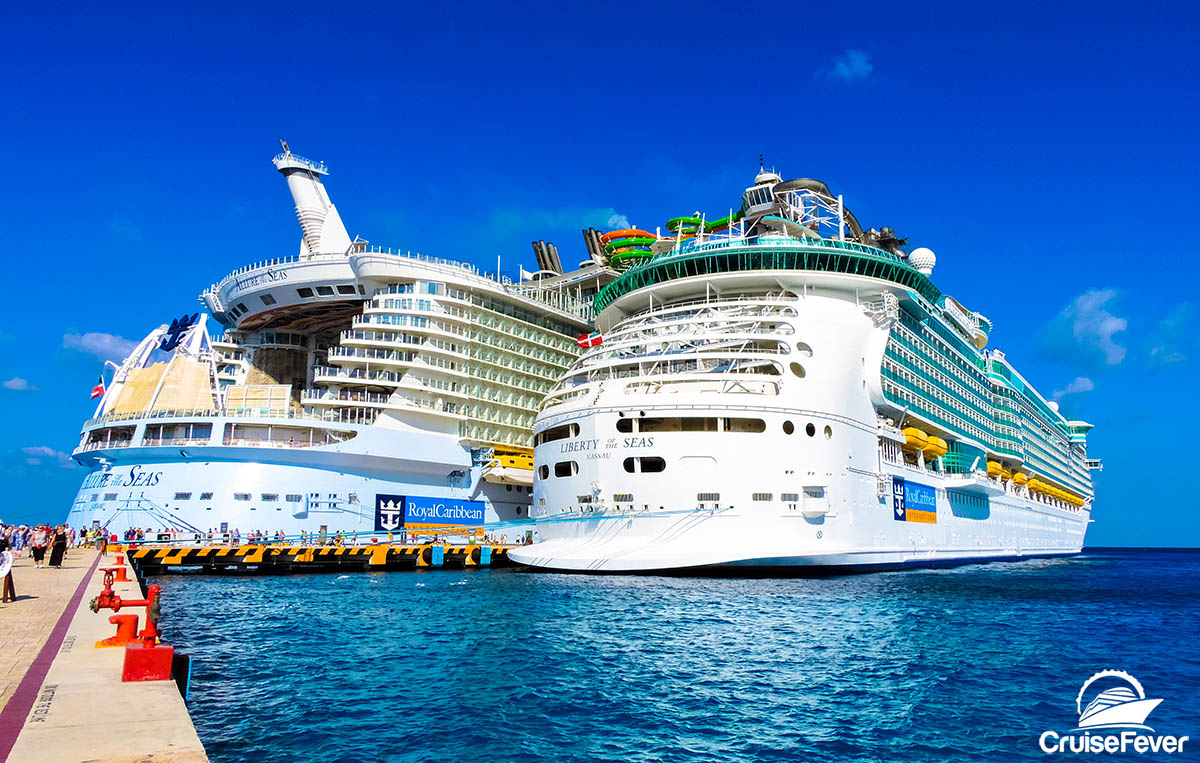Cruise Ship Which Misplaced Energy Throughout Storm ‘Ought to Have By no means Sailed’

Visitors and crew members onboard Viking Sky confronted a harmful state of affairs off the Norwegian coast close to Hustadvika in March 2019, marking a day that might have led to a maritime catastrophe of unprecedented scale.
The ship, with 1,374 people onboard, skilled a complete lack of propulsion and steering amidst a storm, practically operating aground. The incident resulted in an in-depth investigation by Norwegian security regulators, shedding gentle on vital security lapses and technical failures, and concluding the ship ought to have by no means set sail from Tromsø.
Crucial Moments at Sea
On March 23, 2019, Viking Sky launched into a 13-night Northern Lights journey from Bergen, Norway, to London, UK. After departure from Tromsø, she encountered extreme climate situations that led to a full blackout, and lack of steering and propulsion, and introduced the vessel to a mere ship’s size of operating aground on the rocks of the Norwegian coast.
The occasion prompted an enormous rescue operation, with helicopters and coast guard ships deployed to evacuate friends to security. Regardless of the difficult situations, together with 38-40 knot winds and excessive waves, the operation managed to move 166 friends to land within the preliminary phases safely. This occasion marked one of many earliest maritime near-misses to be extensively documented by passengers by video footage.
An investigation by the Norwegian Security Investigation Authority (NSIA) revealed that the blackout was on account of inadequate lubricating oil within the diesel mills’ sump tanks, made worse by the tough sea situations. Remarkably, it took 39 minutes to revive engines to a minimal working capability, permitting the ship to maneuver ahead at a sluggish tempo of 1 to five knots.
Regardless of doing common drills, the ship’s crew was not nicely ready to cope with the particular set of situations that occurred in 2019.
Learn Additionally: The 10 Roughest Seas within the World for Cruise Ships
The report states: “The engineers had been confronted with a state of affairs they weren’t practiced in managing. The state of affairs was disturbing, the management system was complicated, and a particular sequence of actions was wanted. Inadequate coaching doubtless contributed to why the blackout restoration was time-consuming.”
A Voyage Below Danger
Additional findings indicated that when Viking Sky departed Tromsø on March 21, 2019, it was already at an elevated danger on account of one in all its 4 diesel mills being out of service. This lack of redundancy was a direct contravention of the Protected Return to Port rules, main investigators to conclude that the ship mustn’t have departed.

“When Viking Sky left Tromsø 21 March 2019, with one out of 4 diesel mills unavailable, each crew and passengers had been unknowingly uncovered to an elevated danger because the vessel didn’t have the redundancy required underneath the Protected Return to Port (SRtP) rules.”
“As Viking Sky didn’t adjust to the relevant security requirements, it mustn’t have departed Tromsø underneath the prevailing circumstances,” the NSIA report states.
Security Suggestions and Actions
The investigation additionally criticized the design of the lube oil sump tank, which didn’t adjust to the Security of Life at Sea (SOLAS) rules or the suggestions from the engine producer. This flaw in design performed a pivotal position within the incident. Because of the inclination of the ship through the storm, lubricating oil couldn’t attain the engines, resulting in important points.
In gentle of those findings, NSIA issued 14 security suggestions geared toward stopping future occurrences. One suggestion known as on Fincantieri, the shipbuilder, to evaluate and enhance their design processes to make sure compliance with SOLAS rules and sophistication guidelines.

Moreover, there was a name for Lloyd’s Register to independently confirm compliance with important security requirements. The investigation additionally emphasised the necessity for improved coaching and procedures onboard, together with higher administration of lube oil ranges and the implementation of an digital inclinometer to offer correct information for security investigations.
Viking, Fincantieri, and Lloyds aren’t fully in charge for the difficulty. The SOLAS rules don’t give clear directions on methods to measure or examine for compliance concerning the motion of ships over time. There’s no detailed guideline or customary trade apply for methods to apply these SOLAS guidelines.
The 47,842 gross tons Viking Sky is the third cruise ship in a sequence of 9 which were launched to date and entered service in 2017. She stays a stark reminder of the significance of adherence to maritime security requirements and rules.
Whereas it’s unclear whether or not the problems skilled onboard Viking Sky have been remedied on the ships which were constructed after 2019, the teachings realized from the Viking Sky incident will undoubtedly contribute to enhancing security at sea for future voyages.





